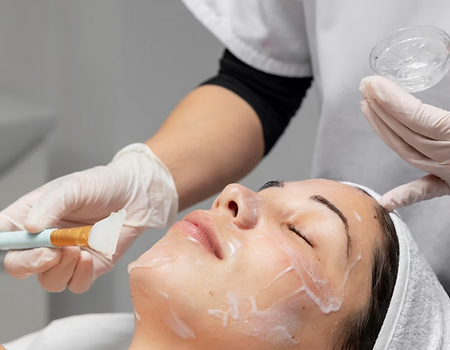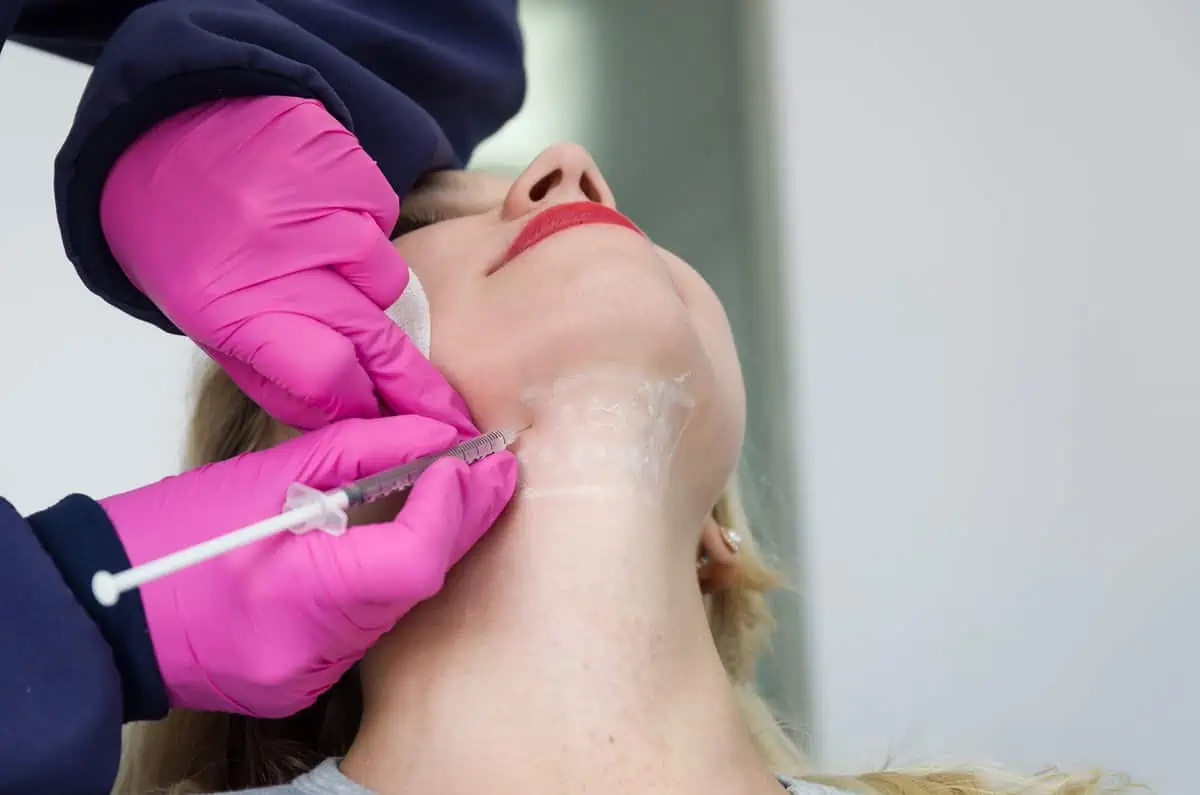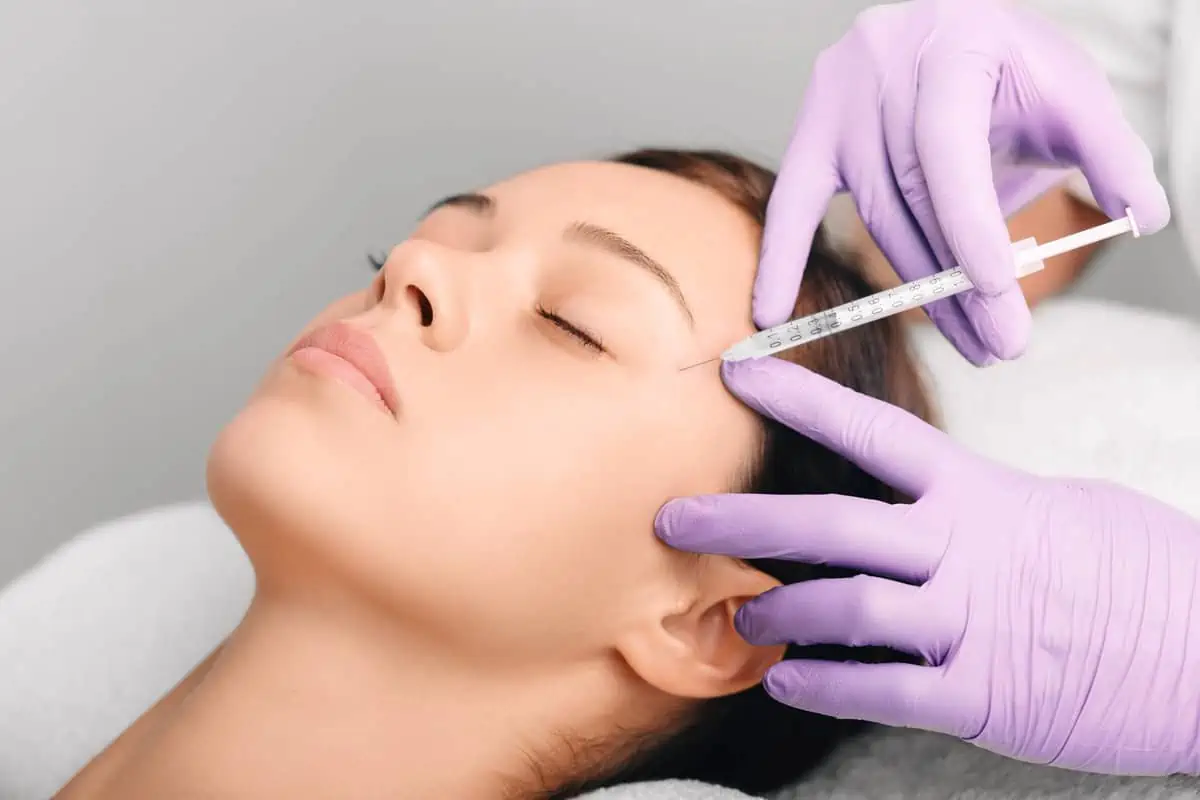Chemical peels area popular and effective cosmetic procedure to rejuvenate and revitalize the skin. This non-invasive treatment involves the application of a chemical solution to the skin, which exfoliates the outermost layer and reveals smoother, brighter, and more youthful-looking skin. In this comprehensive guide, we will explore the ins and outs of chemical peels, including what they are, different types available, potential risks, and the recovery process.
What Are Chemical Peels?
Chemical peels are aesthetic treatments designed to improve the texture, tone, and overall appearance of the skin. The procedure involves the application of a chemical solution, typically containing alpha hydroxy acids (AHAs), beta hydroxy acids (BHAs), or trichloroacetic acid (TCA), to the skin. This solution works by exfoliating the outermost layer of dead skin cells, promoting cell turnover, and stimulating collagen production, resulting in smoother, more youthful skin.
Types of Chemical Peels:
1. Superficial Peels: Also known as “lunchtime peels,” superficial peels are the mildest form of chemical peels. They primarily target the outermost layer of the epidermis, resulting in minimal downtime and mild peeling. Superficial peels are suitable for treating minor skin concerns such as dullness, uneven texture, and mild acne.
2. Medium Peels: Medium peels penetrate deeper into the skin, targeting the outer and middle layers of the epidermis. These peels are effective in addressing more significant skin concerns such as fine lines, wrinkles, sun damage, and acne scars. Medium peels may require a few days of downtime, and the skin may experience moderate peeling.
3. Deep Peels: Deep peels are the most intensive type of chemical peel, targeting the deeper layers of the skin. They are typically performed under medical supervision and can address severe skin conditions such as deep wrinkles, pronounced sun damage, and certain types of pigmentation irregularities. Deep peels require a longer recovery period, as the skin may peel significantly and temporarily appear reddened or swollen.
Recovery Process:
The recovery process after a chemical peel depends on the type and intensity of the peel performed. Generally, the skin may appear red, feel tight, and undergo mild to moderate peeling for several days to a week. It is essential to protect the newly revealed skin from sun exposure and to avoid picking or scrubbing the peeling skin. As the skin heals, it gradually reveals a smoother, rejuvenated complexion.
Conclusion:
Chemical peels are versatile and effective treatments that can address various skin concerns, including uneven texture, dullness, fine lines, wrinkles, and sun damage. By exfoliating the skin and stimulating cell turnover, chemical peels can reveal a smoother, more youthful-looking.
At Just Glam Medical Aesthetics, we assess you needs in order to make sure we are giving you the best peel. With options like ZO Peel and VI peel, we are able to provide our patients with customized and personalized approach to a revitalized and refreshed skin.



